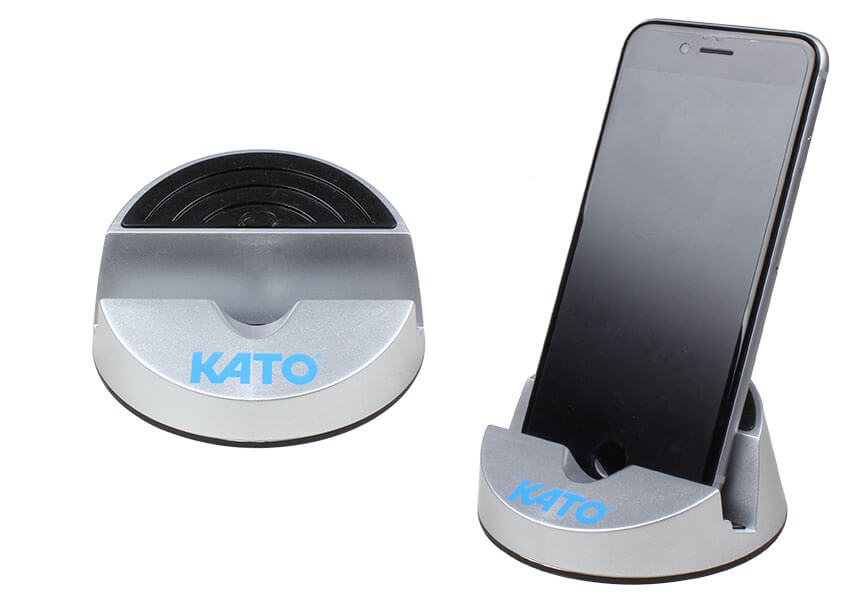
Many of our customers are using the subject compounds in insert assemblies to prevent insert movement.
We have evaluated several customer applications where insert movement problems with locking inserts were directly attributed to the use of thread locking compounds (i.e. Loctite). Actually, use of such compounds can cause insert movement as well as a multitude of other problems detailed below.
Stainless steel helical coil inserts without platings or coatings can be used in environments with temperatures up to 800° F. However, cadmium plating and dry film lubricant have limited high temperature capabilities. Please contact the KATO Tech Group for plated or coated inserts used in temperatures above 450° F. The Cadmium Plating and Dry Film Lubricant Coatings should not be used in vacuum type applications due to their out-gassing properties.
Tanged and Tangless® CoilThread Inserts are used because their inherent flexibility provides the following:
The use of locking compounds creates a solid and rigid assembly. This prevents the insert from providing the above features. The loss of flexibility would also tend to affect the assembly fatigue life.
Locking compounds applied to the tapped hole can prevent the insert assembly from achieving the specified class of fit.
This is because the compound prevents the insert from expanding and seating properly. This is especially critical with locking inserts since the compound prevents the locking coils from flexing outward resulting in excessive torque or galling. This will cause insert movement upon installation or removal of the fastener.
Use of locking compounds on the fastener (either applied directly or by seepage from the tapped hole through the insert coils) can cause insert movement upon removal of the fastener. Removal of a fastener from an assembly where the compound has hardened breaks the bond leaving a powder-type residue. The presence of foreign particles is unacceptable to many customers, particularly those making electronic equipment.
Liquid type locking compounds that claim to provide lubricity to prevent seizing and galling have proven to be ineffective with locking inserts. Our experience indicates that the only practical way to alleviate galling between CoilThread Inserts and stainless steel fasteners is by the use of platings or lubricants.
Locking compounds are useful products for many applications. But, they can prevent our inserts from providing the benefits that caused customers to specify them in the first place. It is important to make sure that your customers are aware of the potentially serious consequences that can be caused by using locking compounds with our inserts.
If you have any questions, please contact us.
For more technical articles, register to KATOpedia today! Registration is FREE, and take less than 1 minute to complete and gain access to the world's most comprehensive online encyclopedia for helically coiled screw thread inserts and tools.